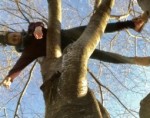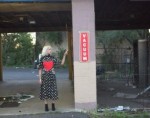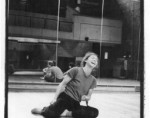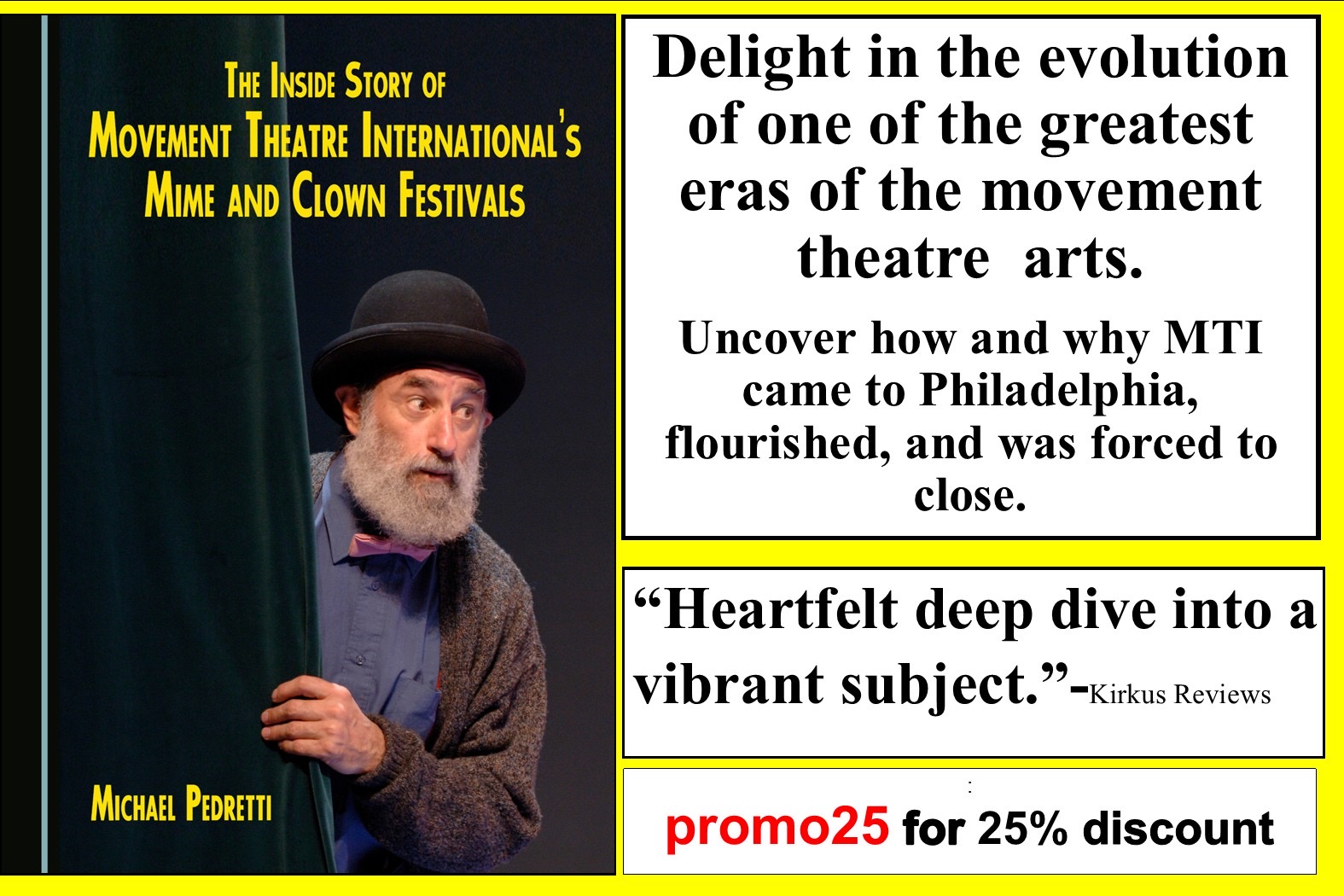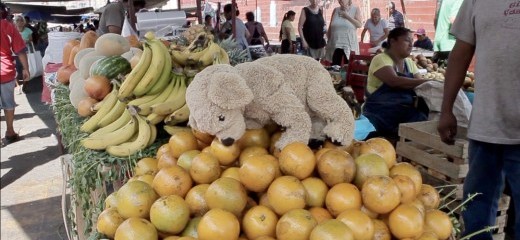
In This Moment We Remember and Fortify
by Nicole Bindler
This piece is part four of a series about dancing, making, and dreaming during the global pandemic, inspired by colleagues who are using embodied and community-based strategies to invent new ways of being alive together. Read parts one, two, and three on the site.
“Many of us experience nostalgia as a bittersweet emotion. It combines the memory of good times with the ache of loss. You might think that people who are very nostalgic are more prone to sadness and depression, but… nostalgic reflection makes us optimistic. It reaffirms our social connections, and by remembering important things about the past it lays out a hopeful vision for the future.” ––Shankar Vedantam, Hidden Brain
I have had recurring dreams of sweating and spinning in Shannon Murphy’s (Philadelphia) dance class at The Whole Shebang. I use my nostalgia as a map for where I need to go.
I take a class on virtual performance/dancing/making with Jeanine Durning (Newburgh, NY), organized by Zornitsa Stoyanova (Philadelphia/Sofia) through her platform BodyMeld. As Durning leads us through her practice called “Nonstopping,” which entails alternating between continuous movement and speaking, I land with my head near my laundry and see inside my kitchen from a new angle. I have never been here before. The ceiling fan is perfectly framed by the doorway and the wood ceiling looks like a floor, which is dizzying. Since I am alone and no one will ever see this dance, is the dance my body moving, or is the dance what I am seeing as I roll around in the strange corners? Am I building my choreographic practice for some magical future with stages and audiences? Perhaps I am simply learning how to make dances for no reason other than my own pleasure.
I participate in the Move Move Collaborative temporary ensemble (Baltimore), in which sixteen artists develop a new art form together that does not yet have a name. We compose a dance on Zoom remotely; sixteen little boxes light up in coordinated and serendipitous ways. We practice entrances and exits, holding our laptops with our feet for birds-eye-view arm dances, techniques for reflecting light and each other with mirrors, and how to find unison improvisationally in spite of a time delay.
Inspired by my work with Move Move, in which we all acted as both performer and videographer, I create solos and duos with my phone camera held in hand. This method creates a sense of a third partner, and gives the viewer a visceral sense of what it is like to be inside the dance. My dance partner, Jonathan Devilbiss (Washington, D.C.) responded to an email I sent to East Coast-based contact improvisation practitioners titled, “Seeking an IRL dance partner for the end of the world.” After having been alone without a partner to practice with for several months I wrote to my extended dance community, “There's no going back to ‘normal’, but I'm trying to use all of my creative powers and beautiful network of dance-buddies to find a situation that could make life feel more three-dimensional. I hope this message is at the very least an offering for you to imagine a way to build the family you need to make it through this global crisis feeling intact and whole.”
As Jonathan and I experiment with dance-mating, we work at The Whole Shebang (Philadelphia), which has shifted to “an artist share model, moving the support of individual artists and small artist groups to the center of our mission through subsidized space.” The beautifully disorienting five-sided studio is outfitted with air purifiers and a wall full of cleaning supplies. Artists book space with two hours between sessions to allow ample time for cleaning and to avoid overlap.
I also use the studio to teach a Clitoral Embodiment class through Freeskewl. After class, three participants, Sasha Lasdon (Madison), E.E. Balcos (Charlotte), and Amelie Gaulier (New York) linger on the screen. We wonder aloud when we’ll see each other again in the flesh. E.E. says he doesn’t have anything in particular to say but just wants to stay on the call to “hang out” and be together.
The surprising degree of satisfaction we receive from seeing each other’s smiles reminds me of Naomi Bennett’s (Baton Rouge) prescient work on “virtual touch” that I came across recently, but had been born pre-covid-times. She describes a performance piece of hers, “In this way, aisthēsis invited audience-participants to see through their skin and feel through their eyes, blurring the sensory boundaries of touch and sight.”
I am touched through the screen by a women’s group I attend, led by a facilitator and activist named .O (Philadelphia), who organizes with Philly Thrive, an environmental justice organization responsible for the closing of the PES oil refinery following the explosion in June 2019. In addition to being a political organizer, .O is a bodyworker and somatics practitioner who leads sessions for women on embodiment and breathing. The premise of these sessions is to affirm our right to breath by practicing breathwork and personal development in order to fortify ourselves for life-long activism. She skillfully draws participants’ attention to our bodies and breath. Whenever people begin to seem satisfied with their personal process, she provokes us to identify how we’re going to use these tools toward social change, whether it be galvanizing community members, or refining communication skills to more effectively shift political power. I sit in awe of her compassion, incisive analysis, and ability to alternately microscope and telescope our attention so as to never forget how our bodies live in the larger struggle.
Choreographer Rebecca Lloyd-Jones (New York) reminds my body of the feeling of being held and alone in her tear-inducing video about her stuffed dog Pogo, who shares its desire to travel the world; a brief love affair with a horse; and some incredibly pensive, solitary scenes by bodies of water. Whether Pogo is enjoying a cup of coffee, or lying face down on a pile of oranges in dismay about humans’ dominating behavior, the dog embodies a special kind of nostalgia, saudade, which can be described as happiness and sadness piled up like cups and saucers reaching infinitely into the heavens.
By Nicole Bindler
August 29, 2020


